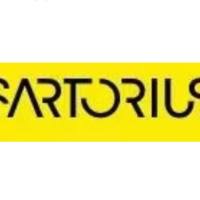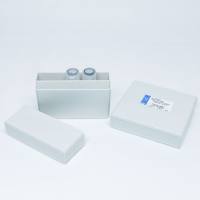In the past several years, a host of new technologies have made it possible to visualize single molecules within cells and organisms (Raj et al., Nat Methods 5:877–879, 2008; Par� et al., Curr Biol 19:2037–2042, 2009; Lu and Tsourkas, Nucleic Acids Res 37:e100, 2009; Femino et al., Science 280:585–590, 1998; Rodriguez et al., Semin Cell Dev Biol 18:202–208, 2007; Betzig et al., Science 313:1642–1645, 2006; Rust et al., Nat Methods 3:793–796, 2006; Fusco et al., Curr Biol 13:161–167, 2003). Many of these are based on fluorescence, either fluorescent proteins or fluorescent dyes coupled to a molecule of interest. In many applications, the fluorescent signal is limited to a few pixels, which poses a classic signal processing problem: how can actual signal be distinguished from background noise?
In this chapter, I present a MATLAB (MathWorks (2010) MATLAB. Retrieved from http://www.mathworks.com ) software suite designed to work with these single-molecule visualization technologies (Rifkin (2010) spotFinding Suite . http://www.biology.ucsd.edu/labs/rifkin/software.html ). It takes images or image stacks from a fluorescence microscope as input and outputs locations of the molecules. Although the software was developed for the specific application of identifying single mRNA transcripts in fixed specimens, it is more general than this and can be used and/or customized for other applications that produce localized signals embedded in a potentially noisy background. The analysis pipeline consists of the following steps: (a) create a gold-standard dataset, (b) train a machine-learning algorithm to classify image features as signal or noise depending upon user defined statistics, (c) run the machine-learning algorithm on a new dataset to identify mRNA locations, and (d) visually inspect and correct the results.






